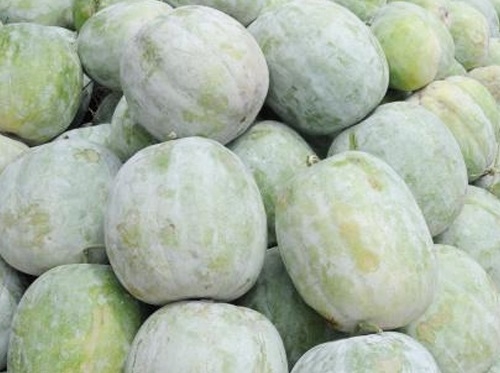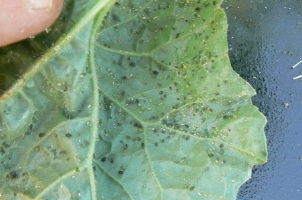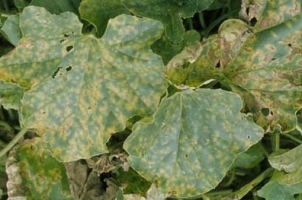General Information
Ash gourd also known as white gourd, winter melon, fuzzy melon and petha kaddu. It is native from Southeast Asia. It is a rich source of Fat, protein, carbohydrates and fibre. Ash gourd has several medicine properties. As it contain low calorie, it is good for diabetics patients. It is used to treat constipation, acidity and to kill intestinal worms. Popular "Petha" is made from Ash gourd. Two type of ash gourds are available, purple green and green.














